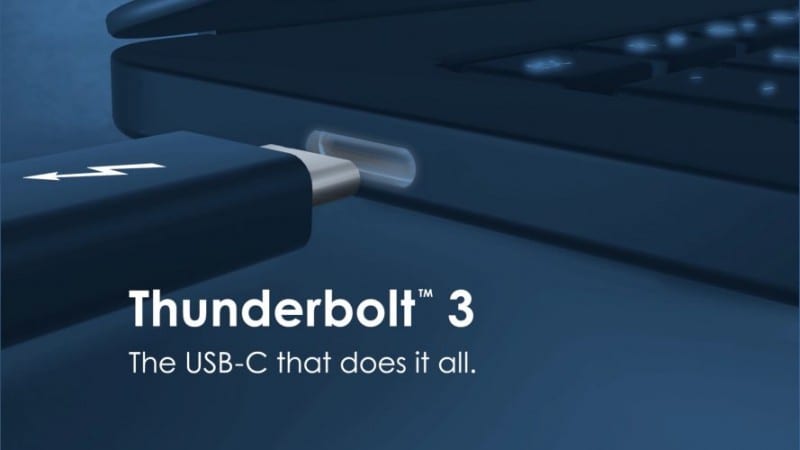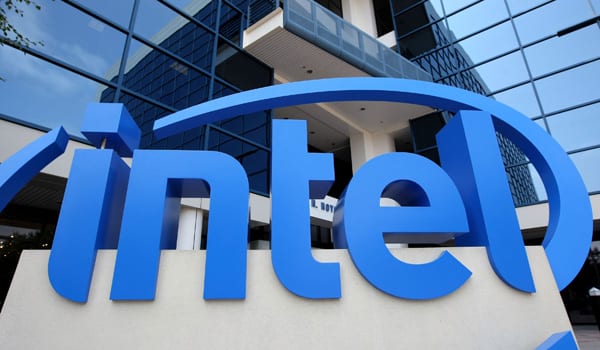Intel has taken steps to enable Thunderbolt 3 everywhere and has released a Protocol specification to the USB Promoter Group, enabling other chip makers to build Thunderbolt compatible silicon, royalty-free. Also, the USB Promoter Group announced the pending release of the USB 4 specification, based on the Thunderbolt protocol. The convergence of the underlying Thunderbolt and USB protocols will increase compatibility among USB Type-C connector-based products, simplifying how people connect their devices.
Previously, Intel shared plans to integrate Thunderbolt 3 into future Intel CPUs and to release the Thunderbolt protocol specification to the industry. As detailed at CES 2019, Intel’s upcoming 10nm processor codenamed “Ice Lake” will be the first to integrate Thunderbolt 3. Processor integration, combined with today’s announcement, is expected to drive large-scale, mainstream adoption of Thunderbolt.
Thunderbolt 3 is fully supported in Windows 10, macOS and Linux volumes of PCs with these ports continue to double every year into the tens of millions; and all the latest Macs have Thunderbolt 3 ports. More than 400 PC designs have been enabled with Thunderbolt 3. Peripheral device volumes also continue to double annually with more than 450 certified devices from a wide number of product categories, including docks, displays, storage, and external graphics. Thunderbolt delivers world-class performance, ease-of-use, and quality by unifying multiple industry specifications into an industry-leading set of product capabilities. Thunderbolt is supported by an end-to-end solution enabling program for a computer, peripheral device and cable makers to help ensure a consistent experience for all Thunderbolt connected products. Intel works with product capabilities, validation testing, and rigorous certification requirements, including:
Thunderbolt delivers world-class performance, ease-of-use, and quality by unifying multiple industry specifications into an industry-leading set of product capabilities. Thunderbolt is supported by an end-to-end solution enabling program for a computer, peripheral device and cable makers to help ensure a consistent experience for all Thunderbolt connected products. Intel works with product capabilities, validation testing, and rigorous certification requirements, including:
- Microsoft to deliver built-in Windows 10 support for Thunderbolt 3, optimized for plug and play, platform power management, system charging, and system wake features
- Intel CPU platform and peripheral reference design validation
- Extensive end-to-end testing to help ensure interoperability across a wide range of product types and manufacturers
- Mandatory Thunderbolt certification for all computers, peripheral devices, and cables
- Cable enabling and cable quality audits for Thunderbolt cable manufacturers
“Releasing the Thunderbolt protocol specification is a significant milestone for making today’s simplest and most versatile port available to everyone,” said Jason Ziller, general manager, Client Connectivity Division at Intel. “This, in combination with the integration of Thunderbolt 3 into upcoming Intel processors is a win-win for the industry and consumers.”
Follow us on Twitter for more news and updates.











